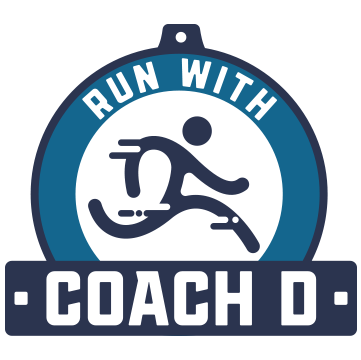Setting Realistic Goals for Your Next Race
Setting a race goal is more than just picking a target finish time. While time goals are important, a well-rounded race plan should also include effort-based and performance-based goals. A thoughtful, strategic approach helps runners stay motivated, adjust their training accordingly, and ultimately achieve long-term success.
Breaking Down the Big Goal
Many runners set a primary goal, such as running a marathon in four hours. While this is a great target, it’s essential to break it down into smaller, more manageable benchmarks. A 4-hour marathon pace is approximately 9:09 per mile, which means a runner should be comfortable running other race distances at paces that align with this goal.
For instance, a runner aiming for a 4-hour marathon should typically be able to run a 5K in around 25 minutes (8:00/mile pace). If they haven’t yet hit that mark, then speed development should be a key focus before tackling endurance. The next step is checking 10K and half marathon times. A 4-hour marathoner is generally expected to run a 10K in approximately 52 minutes (8:20/mile pace) and a half marathon in around 1:52 (8:30/mile pace). If a runner struggles to meet these benchmarks, their training plan should address weaknesses at those distances before making the jump to marathon training.
By working backward and building speed first, runners develop efficiency and confidence at shorter distances before increasing mileage. Rather than just grinding through long runs, training should include targeted workouts to close the gap between current abilities and goal paces.
Effort-Based Goals: How You Want to Feel
Not all goals need to be tied to a specific time. Runners should also set goals based on how they want to feel during a race. These effort-based goals provide a sense of achievement beyond numbers and help runners stay engaged in training. Some examples include:
Finishing feeling strong instead of fading in the final miles
Holding a steady effort rather than starting too fast and struggling later
Kicking hard in the final stretch, whether it’s the last mile of a marathon or the last half-mile of a 10K
Running by feel, understanding pace and effort without relying on a watch
Training should reflect these effort-based goals. If a runner wants to feel strong at the end of a race, workouts should include fast-finish long runs. If the goal is to have a strong kick, they should practice finishing fast in workouts. Aligning training with these non-time-related goals makes the race experience more fulfilling.
Mini Goals Along the Way
A big race goal should always be supported by smaller, step-by-step goals. These keep training focused and allow for measurable progress. Some examples include:
Running a sub-25-minute 5K as a stepping stone to marathon pace development
Completing a half marathon at goal marathon pace to test endurance and fueling
Nailing pacing in a tune-up race to build confidence
Executing a negative split run in training to practice racing smart
By setting multiple goals—both time-based and effort-based—runners create a flexible, adaptable race plan. If conditions on race day make the original time goal unreachable, success can still be measured by other achievements, like staying strong through the final miles or executing a smart race strategy.
Final Thoughts
Race goals should be layered, including time-based benchmarks, effort goals, and progress-based mini goals. Instead of only focusing on a singular finish time, runners should assess their readiness at shorter distances, build speed before endurance, and incorporate how they want to feel during the race. By taking a well-rounded approach, runners set themselves up for success, no matter what race day brings.

